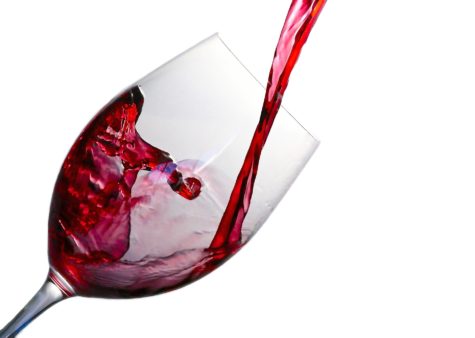
BLACKSBURG, Va. — A compound in red wine could have similar health benefits to following a low-calorie diet and exercising regularly, according to scientists at the Virginia Tech Carilion Research Institute. Their 2017 study shows that the compound, resveratrol, is effective at preserving muscle fibers as we age, though they warn that red wine only offers a minimal amount to drinkers.
Resveratrol is already known to have health-related benefits. Prior research suggests taking supplements of the compound could protect individuals against neurological disorders, heart disease, and diabetes. The Virginia Tech team now believes it could be of particular interest to older adults with mobility issues.
“We all slow down as we get older. Gait, balance issues, and impaired motor coordination contribute to health problems, accidents, lack of mobility, and a lower quality of life,” says Gregorio Valdez, an assistant professor at the Virginia Tech Carilion Research Institute, in a university release. “We work on identifying molecular changes that slow down motor deficits that occur with aging. I believe that we are getting closer to tapping into mechanisms to slow age-induced degeneration of neuronal circuits.”
To test out the benefits of resveratrol, the researchers treated mice considered to be “old” with it for a year. They were specifically looking to see how the synapses called “neuromuscular junctions” were affected by resveratrol, as Valdez discovered previously that a low-calorie diet and exercise have been found to protect those synapses from aging.
This research found the compound offers similar advantages.
Will drinking red wine give me some of the benefits of resveratrol?
Resveratrol is found in red wine, however, not in significant amounts — so drinking wine might not be the best way to get it, warns Valdez. “In wine, resveratrol is in such small amounts you could not drink enough of it in your life to have the benefits we found in mice given resveratrol,” he says.
Should you decide to try resveratrol supplementation, it's essential that you first discuss this with your doctor. “These studies are in mice and I would caution anyone from blasting their bodies with resveratrol in any form,” Valdez adds.
More research is needed to continue piecing together the connection.
“The next step is to identify the mechanism that enables resveratrol to protect synapses. If we know the mechanism, we can modify resveratrol or look for other molecules that are more effective at protecting the synapses,” says Valdez.
The study is published The Journals of Gerontology, Series A: Biological Sciences and Medical Sciences.
Paper Summary
Methodology
To unravel the potential of resveratrol and metformin, the researchers conducted a series of experiments on both mice and cultured muscle cells. They began by feeding three groups of aged mice different diets: a standard diet, a calorie-restricted diet (known to slow aging), and standard diets supplemented with either resveratrol or metformin. A fourth group of young mice on a standard diet served as a control.
The scientists then examined the neuromuscular junctions (NMJs) – the critical interface where nerves meet muscles – in a muscle of the lower leg. They looked for signs of aging, such as fragmentation and denervation, where the nerve loses contact with the muscle. The size of the muscle fibers themselves was also scrutinized.
To dig deeper, the researchers turned to cultured muscle cells, treating them with resveratrol or metformin. This allowed them to observe the direct effects of these compounds on the formation and maturation of the acetylcholine receptor clusters, which are the “docking stations” for the nerve's signals on the muscle side of the NMJ.
Results
The findings were striking. In the aged mice, resveratrol supplementation led to significantly fewer fragmented and denervated NMJs compared to those on a standard diet. The effects were similar to the benefits seen in the calorie-restricted group, which was used as a positive control. Metformin, however, did not appear to slow NMJ aging in the mice.
When the researchers looked at muscle fiber size, they found that both resveratrol and calorie restriction led to a shift towards smaller, likely more youthful fibers in the aged mice. Metformin also showed some promise, increasing the proportion of smaller fibers, though it did not affect the average fiber size.
In the cultured muscle cells, resveratrol treatment resulted in more youthful, “plaque-like” acetylcholine receptor clusters and fewer of the more mature “ring-like” and fragmented clusters. Interestingly, resveratrol also increased the size of the cultured muscle cells, in contrast to its effect of reducing muscle fiber size in the aged mice.
Metformin also showed some potential in the cultured cells, moderately increasing the number of youthful “plaque-like” clusters, though it did not affect cell size.
Limitations
As with all research, there are some limitations to consider. The study only looked at one specific muscle in the mice, so it's unclear if the effects would be the same in other muscles. In the cell culture experiments, the timing and duration of metformin treatment differed from that of resveratrol, which could have influenced the results.
Moreover, the optimal doses of resveratrol and metformin were not explored, so it's possible that different concentrations could lead to different outcomes. The study also did not investigate the potential mechanisms behind the observed effects, which will be crucial for developing targeted therapies.
This updated article was first published on March 19, 2017.











1 Comment